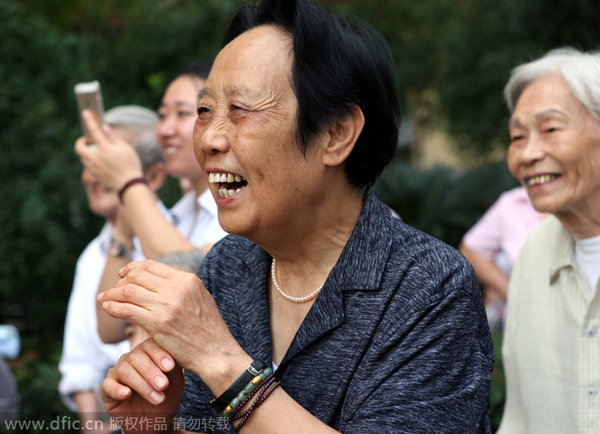 |
|
Seniors watch performances at retirement home in Hangzhou, Zhejiang province, Sept 26, 2014.[Photo/IC] |
The pension reform plan, announced by the State Council on Jan 14, is a landmark.
The plan, aiming to eliminate the dual-track pension system in China, is one stone killing many birds.
Above all, the reform helps to bring fairness and quench long-term public outcry.
Under the plan, the country's 40 million government and public institution employees will pay for their pensions together with their employers. After retirement, their pension will be handed out under the same calculation method that is applied to private sector employees. Earlier, public sector workers didn't contribute to the pension account but were allowed to enjoy much higher payout after retirement.
This dual-track system has been complained by private sector employees for a long time. Under the system, government employees can get 80 to 90 percent of their salary after retirement. Employees of privately-owned enterprises, however, must contribute some of their salaries to the pension accounts. In spite of the contribution, they may only get 40 to 60 percent of their salary after retirement.
In 2013, the average monthly pension for the private sector retirees was about 1,900 yuan ($307, 261 euros). Pensions for retirees from public institutions were 1.8 times that, while government retirees received 2.1 times, according to the Ministry of Finance's Fiscal Science Research Institute
The inequality, a legacy of the transition from a planned economy to a market economy, is apparent. But fortunately it is now corrected.
Narrowing the pension differences between public and private sectors also helps display the central government's determination of overall reform drive.
The pension reform had been on the government agenda for more than a decade, but little progress was achieved until very recently. With the “hard nut” cracked, the public is more convinced of the leadership's earnestness about reform and its seriousness in shattering the vested interest. This display of determination is expected to facilitate future reform endeavor.
